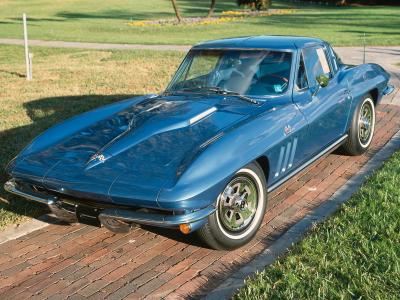
Leaf spring suspensions are the crocodiles of the automotive world: little-changed when all else in the world has evolved, but primordial for a reason. While multi-link suspensions may be dynamically better in most ways, the old-school leaf spring still maintains a strong following and use in applications where simplicity trumps perfection. But if cost and complexity are secondary to perfection, then you could do little better than the well-evolved four- or five-link suspension.
Leaf spring suspensions are also known as "buggy" or "cart-spring" suspensions, primarily because they've been used on carts since carts were known as "chariots." A leaf spring is essentially just a strip of metal that attaches to the chassis at either end and bolts to the axle in the middle. When the axle moves up or down, the spring bends in the middle. A four-link suspension uses four bars to connect the axle to the chassis. The two lower bars -- the ones that bolt to the bottom of the axle tubes near the wheels -- usually run straight forward, parallel to each other. The top bars bolt to the top of the tubes or the differential and point outward at an angle. These angled arms triangulate the assembly and keep the axle from moving from side to side.
There are a few different ways to optimize a leaf spring pack for a particular application. You can add strips or "leaves" to it to make it stiffer; you can lengthen or shorten it; you can change the length or angle of the spring shackle -- the mounting lever -- on the back; or you can add any number of devices to tie the axle solidly to the body. But no matter how you tune the springs to achieve the desired geometry, everything you do to them is going to affect spring rate -- analogously to trying to build a working human skeleton with all the bones made of rubber. A four-link system isolates suspension geometry from spring rate, allowing you to adjust the length and position of the links to enhance traction without changing spring rate.
Most manufacturers that use a solid axle and care anything about ride and handling use either a four-link or a five-link suspension. The five-link -- or parallel four-link -- uses four parallel links to control axle movement and a fifth link to control side-to-side movement. This removes side-to-side motion as a actor in suspension geometry, allowing the builder to optimize link length and position to optimize traction without worrying about lateral movement. As a general rule, four-link and five-link suspensions are almost always dynamically superior to leaf springs. That means a better ride, more traction for handling, acceleration and braking and increased suspension articulation for off-roading. The multi-link suspension's primary failings are its cost, its complexity and the difficulties involved in tuning the suspension to work just right.
Multi-link suspensions are all but perfect when cost, space and engineering complexity aren't a factor; but in the real world, not everyone has the money or time to spend to engineer a perfectly functioning multi-link system. Using a four-link where leaf springs will suffice is like using a race horse to pull a plow; you're just wasting potential when any jackass will do the job. The leaf spring's inherent simplicity and rugged nature make it ideal for heavy-duty applications where dynamic considerations are secondary to the spring's ability to simply keep the frame off the ground. Multi-link systems also take up a lot of space around the axle, primarily because they require a separate spring that intrudes into the body. This is an important consideration on smaller vehicles, where trunk space and room in the engine bay are at a premium.